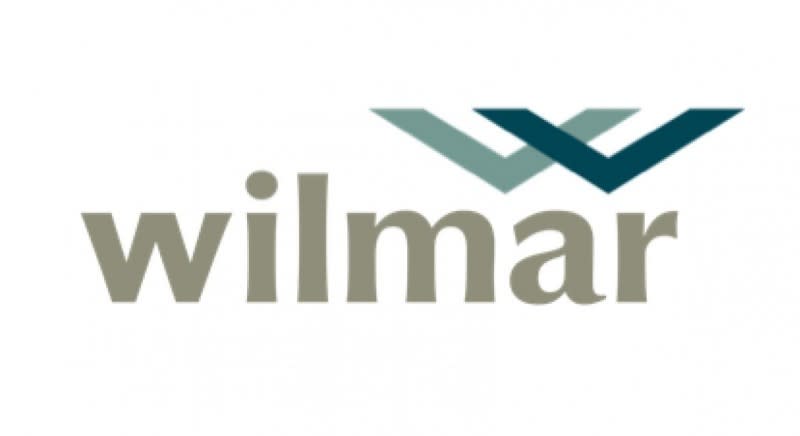Alētheia Capital, citing debt load and poor returns, makes contrarian "sell" call on Wilmar

Wilmar expects 2HFY2023 numbers to be better than 1HFY2023
Alētheia Capital's Nirgunan Tiruchelvam has initiated coverage on Wilmar International with a contrarian "sell" call and $2.58 target price.
Wilmar is one of the region's largest agri-business. With a debt load of US$26.6 billion, it is also the Singapore-listed company with the heaviest debt, equivalent to 1.5 x its current market cap.
The spike in interest rates means that Wilmar’s net interest expense in FY2023 ended Dec 31 could rise to US$760 million compared to US$253 million in FY2021, before central banks began their current wave of rate hikes.
"This would make it the highest EBITDA-CapEx/Cash Interest Paid ratio since 2014. Wilmar’s management has stated that its net debt can be set off against its readily marketable inventory. This thesis could be challenged in a potential bear market for soft commodities," warns Tiruchelvam.
In addition, the unwinding risk of the US$-RMB carry trade is dangerous for the company. In FY2022, Wilmar had net interest expenses of US$448 million on net debt of US$24 billion.
If the US$-RMB carry trade to an interest rate spread widens to 4% from 3.3% base case, it could cut Wilmar’s FY2023 net income by 16%. If the spread widens to 4.8%, Tiruchelvam calculates it could shave off a third of Wilmar's earnings.
In addition, the company is likely to generate a negative return on invested capital (ROIC) over its weighted average cost of capital (WACC) between FY2023 and FY2025.
Tiruchelvam notes that Wilmar's WACC has exceeded ROIC for all but one of the past five years. ROIC is set to continue to lag behind ROIC in FY23-25.
"The crux of the difficulty has been the excessive investment in refining. Heavy investments in palm oil and soybean oil refining capacity have weakened refining margins in the industry. Processing margins are low as there appears to be a glut," he warns.
The analyst adds that the bulk of Wilmar’s FY2018-2022 capex of US$10.1 billion has been spent on palm oil and soybean processing. He estimates that Wilmar’s estimated capex per tonne of US$250/t for processing assets has been higher than the industry average.
On Aug 11, Wilmar reported earnings of US$550.9 million for 1HFY2023, down 52.7% y-o-y. Revenue in the same period ended June was down 10% y-o-y to US$32.5 billion.
While sales volume increased, prices of commodities dropped, the company says. Despite the lower earnings, Wilmar plans to maintain an interim dividend of 6 cents per share. Chairman Kuok Khoon Hong, in his earnings commentary, says that the second half of FY2023 is likely to be better 1HFY2023.
At current levels of 11.4x FY2024 EV/Ebidta, Wilmar is trading at a slight premium to the sector median. "This is unwarranted in light of its faltering returns and poor earnings growth," notes Tiruchelvam.
"We consider 9.9x EV/Ebitda FY2024 as the appropriate valuation multiple," he adds.
Wilmar shares closed at $3.58 on Aug 16, down 13.4% year to date.
See Also:
Click here to stay updated with the Latest Business & Investment News in Singapore
Wilmar chairman Kuok sees stake rise; Yangzijiang Financial resumes buybacks
Analysts lower their TPs on Wilmar International after 52.7% decrease in 1HFY2023 earnings
Get in-depth insights from our expert contributors, and dive into financial and economic trends

 Yahoo Finance
Yahoo Finance 